She suffered 2 cardiac arrests before age 15. Now, she's fighting to save other kids' lives
As Anniston Fairbanks walked out of school one day at the age of 9, she felt dizzy and lost consciousness. Luckily, the family member who was there to pick her up knew CPR and saved her.
“We thought she was having a seizure, just an atypical seizure because she was dizzy,” Mom Britain Stokes, 38, of Pineville, Louisiana, tells TODAY.com. “Upon further workup they were like, ‘No, something is going on cardiac wise.’” Later, the family learned she had catecholaminergic polymorphic ventricular tachycardia (CPTV), a genetic condition that causes Anniston to experience potentially fatal, irregular heartbeats.
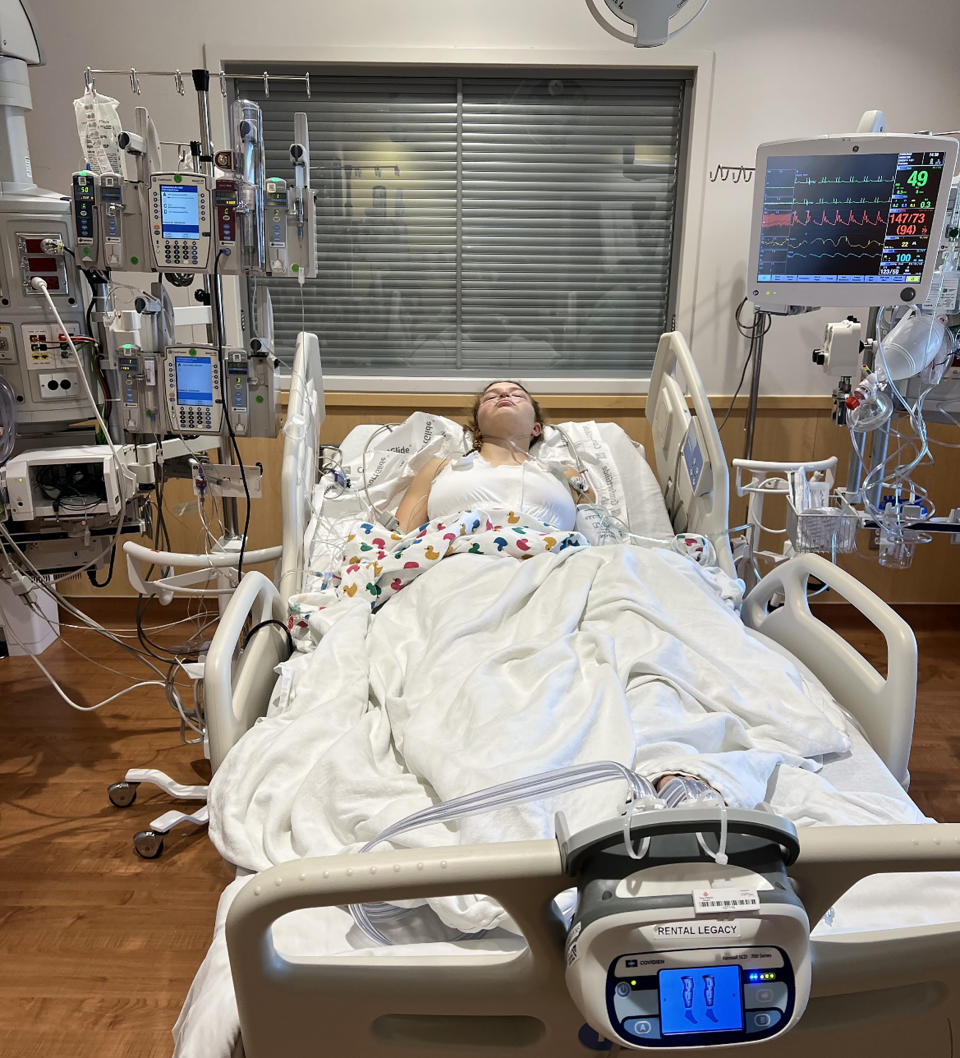
“The way that we explain it is it’s a sudden death arrhythmia that can happen with exertion or emotional stress,” Stokes says. “What’s really strange is, the two times she’s actually (gone) into cardiac arrest, she was walking. Really, it can happen at any time.”
Anniston's scary condition has inspired her and her mom to fundraise to equip all the schools in their area with automated external defibrillators, or AEDs, to help other students who might experience sudden cardiac arrest.
“We decided we were going to start this nonprofit,” Stokes says. “Our goal is to get all of our schools in central Louisiana to where they have enough AEDs and people are CPR certified inside of schools.”
Cardiac arrest as a child
After Anniston had her first cardiac arrest, she underwent a rigorous evaluation in New Orleans.
“Every test they ran on her, every EKG, every single thing was normal,” Stokes recalls. “That’s when the doctors in New Orleans were like, ‘This has to be an electrical issue with her heart.’”
The family finally learned she had CPVT, which in her case is caused by a mutation in the RYR2 gene. After her daughter's diagnosis, Stokes learned she also had the condition.
For years, Anniston, now 15, took medication to prevent her heart from going into irregular heartbeats. But during testing in 2020, doctors decided she needed a pacemaker defibrillator placed in her to shock her in case she experienced an arrhythmia again.
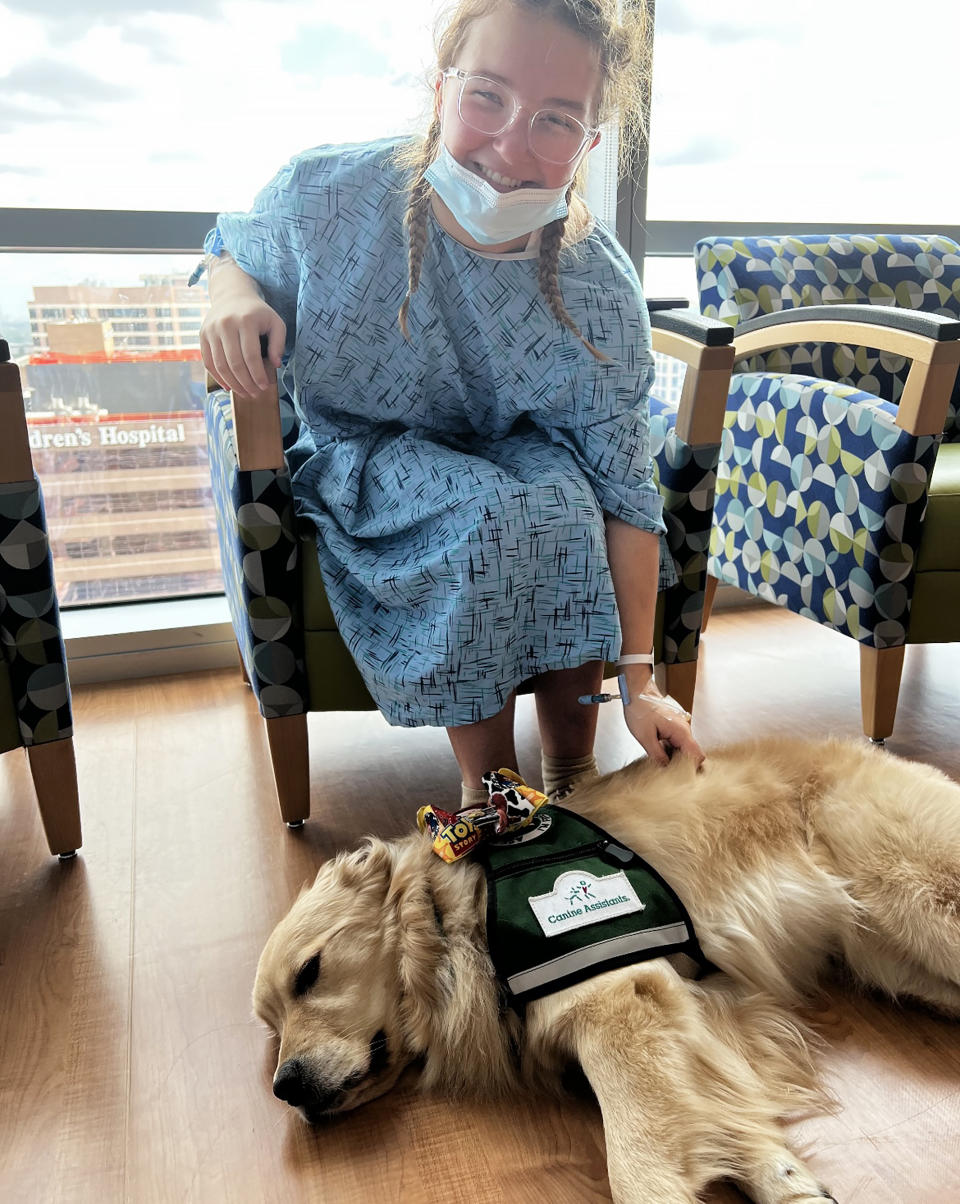
In September 2022, Anniston was walking around at a high school football game when she collapsed a second time. Her defibrillator zapped her heart to get it back into a normal rhythm.
“(When) I woke up, I knew what happened, and I kept telling my mom that I was scared,” Anniston tells TODAY.com. “I was really just scared I’d have to go through everything again.”
She was life-flighted to New Orleans and then transferred to Texas Children’s Hospital in Houston, where she underwent a rare surgery that could help her.
“They have found in studies that it can reduce the amount of cardiac episodes with this kind of arrhythmia,” Stokes explains.
CPTV and left cardiac sympathetic denervation
The condition Anniston has, CPTV, involves the endocrine and cardiovascular systems.
“It’s a combination between two of the different body systems,” Dr. Neil Cambronero, associate surgeon at Texas Children’s Hospital tells TODAY.com.
When people exercise or feel scared, such as in a fight-or-flight response, their bodies release catecholamines, a neurohormone, which can quicken their heartbeat. When catecholamines release in Anniston and others with the same condition, it sparks an irregular heartbeat called ventricular tachycardia, which can lead to loss of blood flow, Cambronero explains.
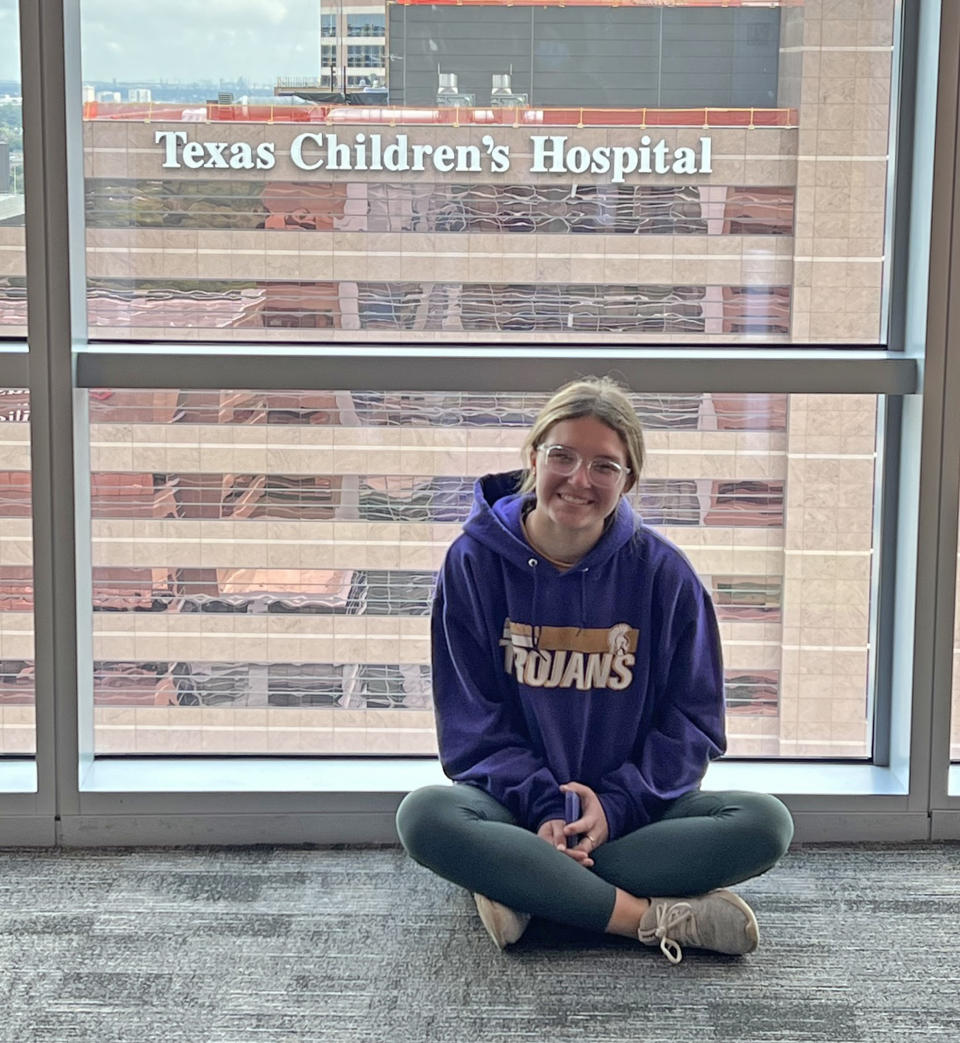
While an internal defibrillator will help shock the heart back into a normal rate, it can come with a jolt of catecholamines, meaning that the person with CPVT could experience another arrhythmia and be shocked again, causing a dangerous pattern, Cambronero says.
That’s why Anniston’s doctors considered her for a type of surgery to help reduce the amount of catecholamines traveling to her heart. The minimally invasive procedure diverts the pathway the catecholamines take to the heart.
“It involves the removal of a nerve, the main nerve that runs inside the chest,” Cambronero says. “We identify the nerve, and then with little instruments and graspers, we reach in there and remove the nerve from the upper half of the chest.”
With the nerve removed, people might not experience such intense reactions when they feel emotional, stressed or experience a fight-or-flight reaction.
“The hope is that whatever happens that gets (a patient) into a catecholaminergic state, it won’t be such that it’s leads to an arrest,” he says.
Helping others survive cardiac arrest
It takes a while to know if the surgery works because, ideally, nothing will happen to the patient afterward. In some cases, it’s noticeable because a person might experience a trigger but still not go into cardiac arrest. For Anniston, it might be harder to know if it’s helping because she didn’t have the traditional emotional jolt causing her cardiac arrests.
“Time will tell if this surgery worked on her because hers is just so sparing, just so out of the blue,” Stokes says. “The surgery itself has caused some nerve pain that she’s dealing with and ... we really have no idea for how long (it will last).”
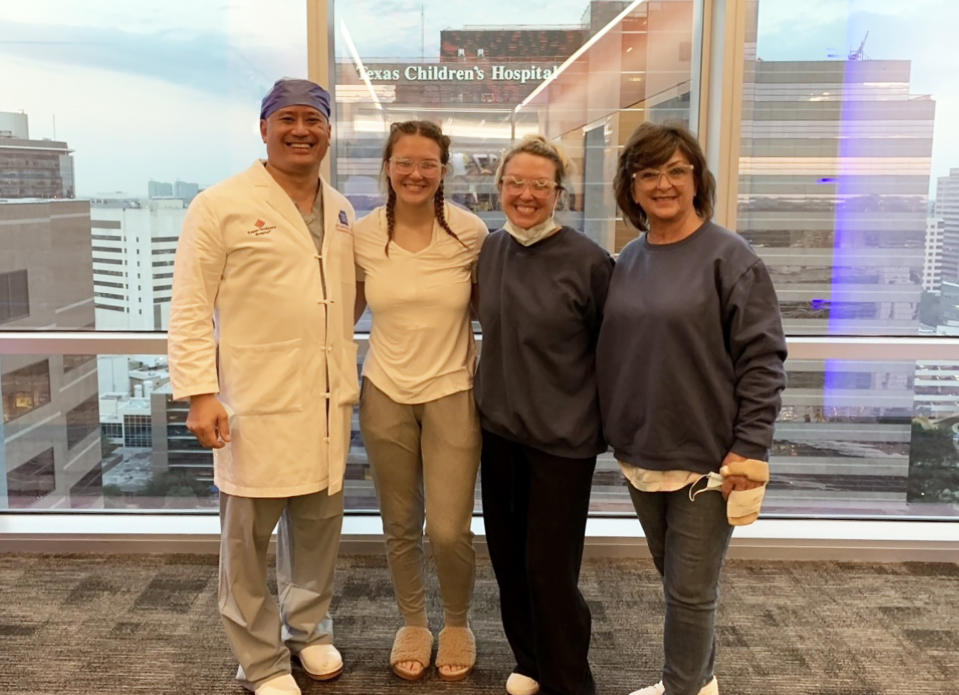
The family felt motivated to do something to help other children and teens who experience cardiac arrest. While in Houston, they heard about Project Adam, a nonprofit that provides AEDs for schools and training in CPR for staff. Stokes says that inspired their family to raise money to buy AEDs for their local schools.
“The outcome (of a cardiac arrest) is very different if you know CPR and if you have an AED available,” Stokes says.
Dr. Jeffrey Kim, director of electrophysiology and pacing at Texas Children’s Hospital, says the best way to protect young people from cardiac arrest is to learn how to respond should you see one happen.
“The reality is that no screening program is perfect, so the best approach to cardiac arrest in schools and other places is preparedness,” he tells TODAY.com. “When you look at what we call a chain of survival — the process from when a child collapses with cardiac arrest and then gets to the hospital and receives care — the first several steps of that are very dependent on lay rescuers.”
Being surrounded by people who know how to perform CPR correctly and how to use an AED gives children a better chance of surviving and reduces risk of brain injury.
“Every minute that passes, you lose about 10% ability to get the heart back,” Kim says. “Two minutes down the line, you have an 80% chance of people returning to normal heart rhythm and so on. So early recognition, early CPR, early defibrillation are key.”
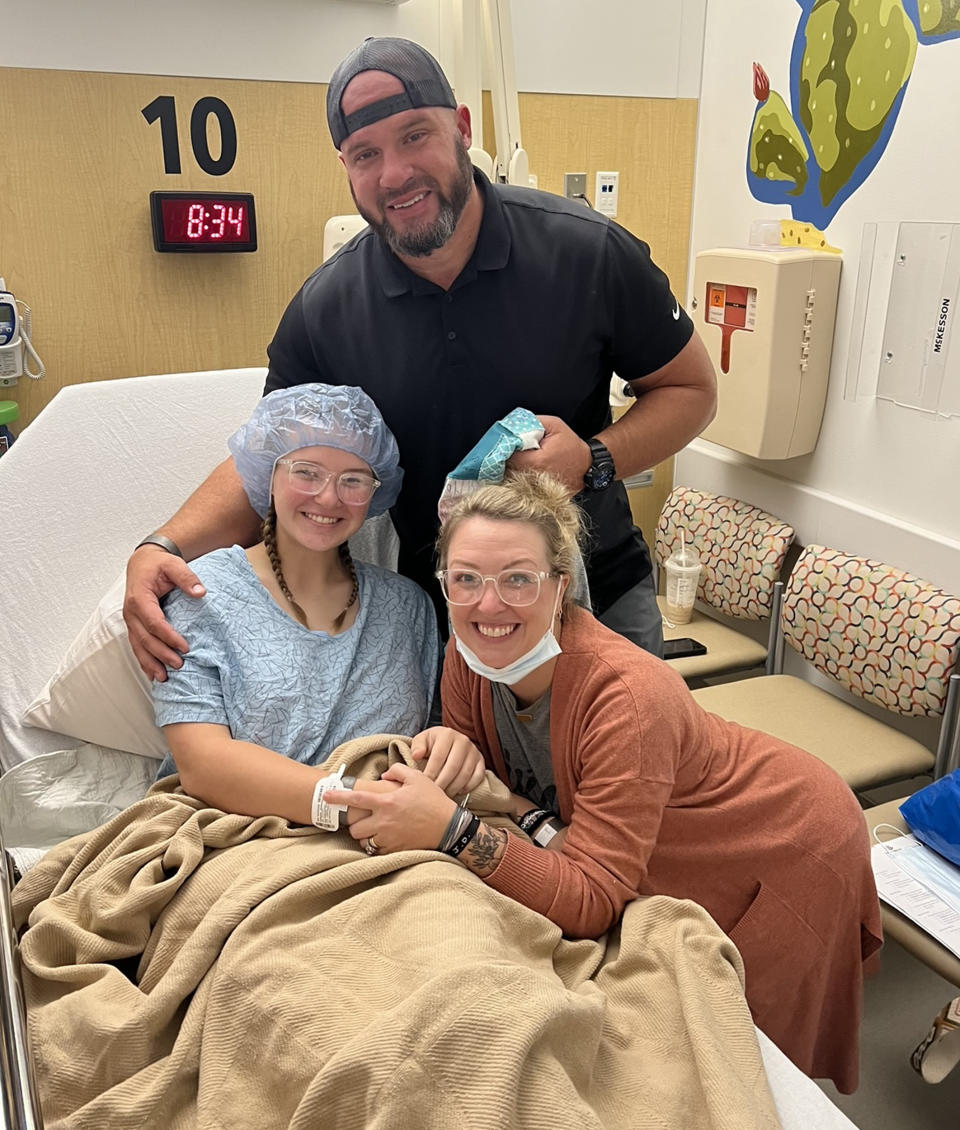
Since starting their nonprofit, Restoring Our Hearts, Stokes and Anniston have raised money through GoFundMe and had a local emergency room donate an AED to a high school. They’re planning on buying another for Anniston’s high school so there will be three in total. The schools in the area are receptive to receiving AEDs and having staff undergo CPR training, but finding the money is tough.
“The biggest issue is funding. It’s no secret that Louisiana is a very poor state, and we don’t put our money in our schools,” Stokes says. “It’s about $2,600 per AED.”
But they're persevering in the hope they can help others.
“If something happens, we want to save that individual’s heart,” Stokes says.
This article was originally published on TODAY.com

